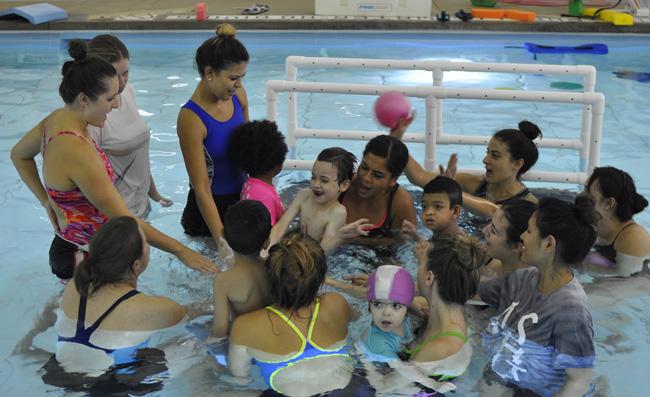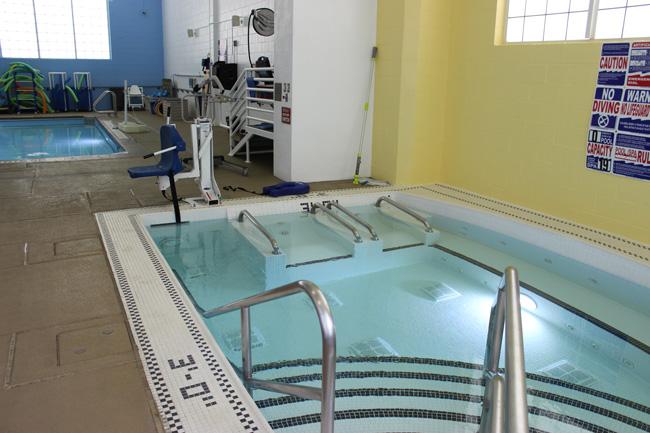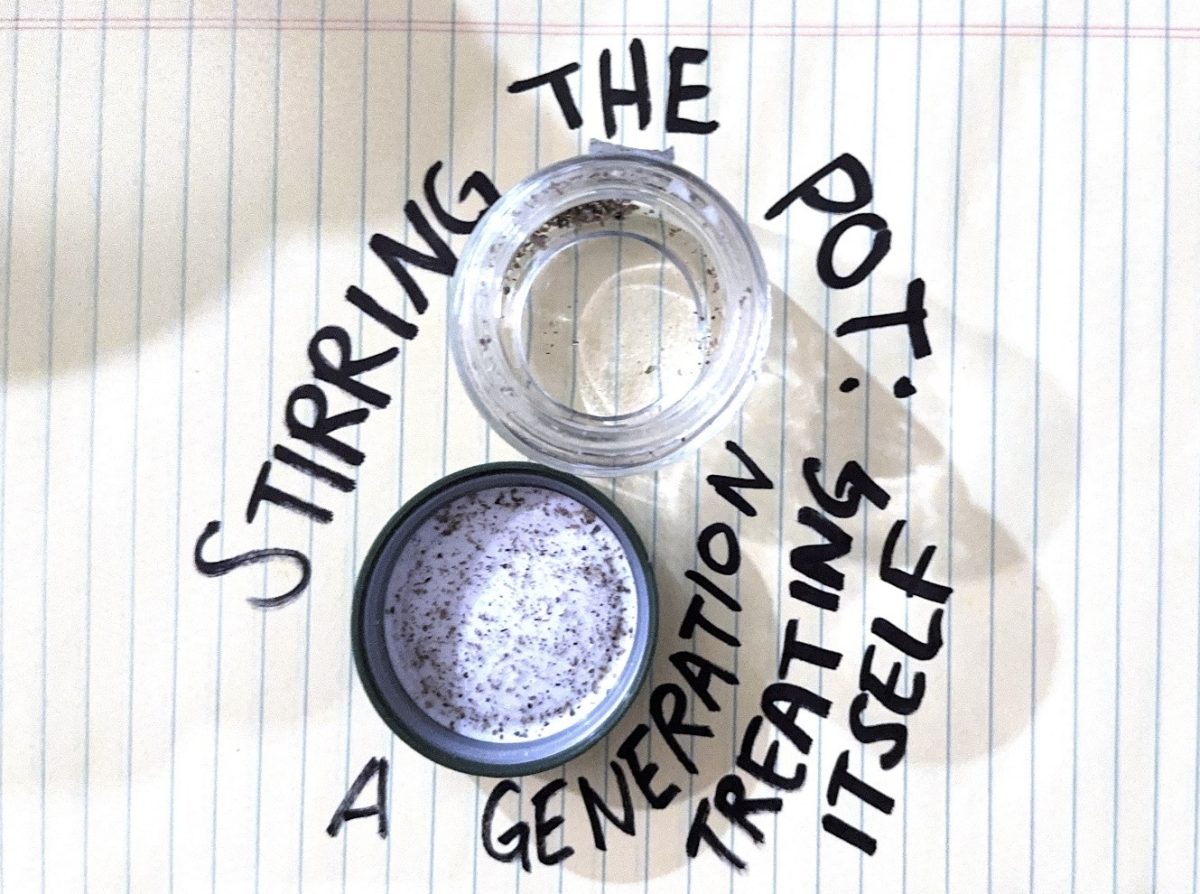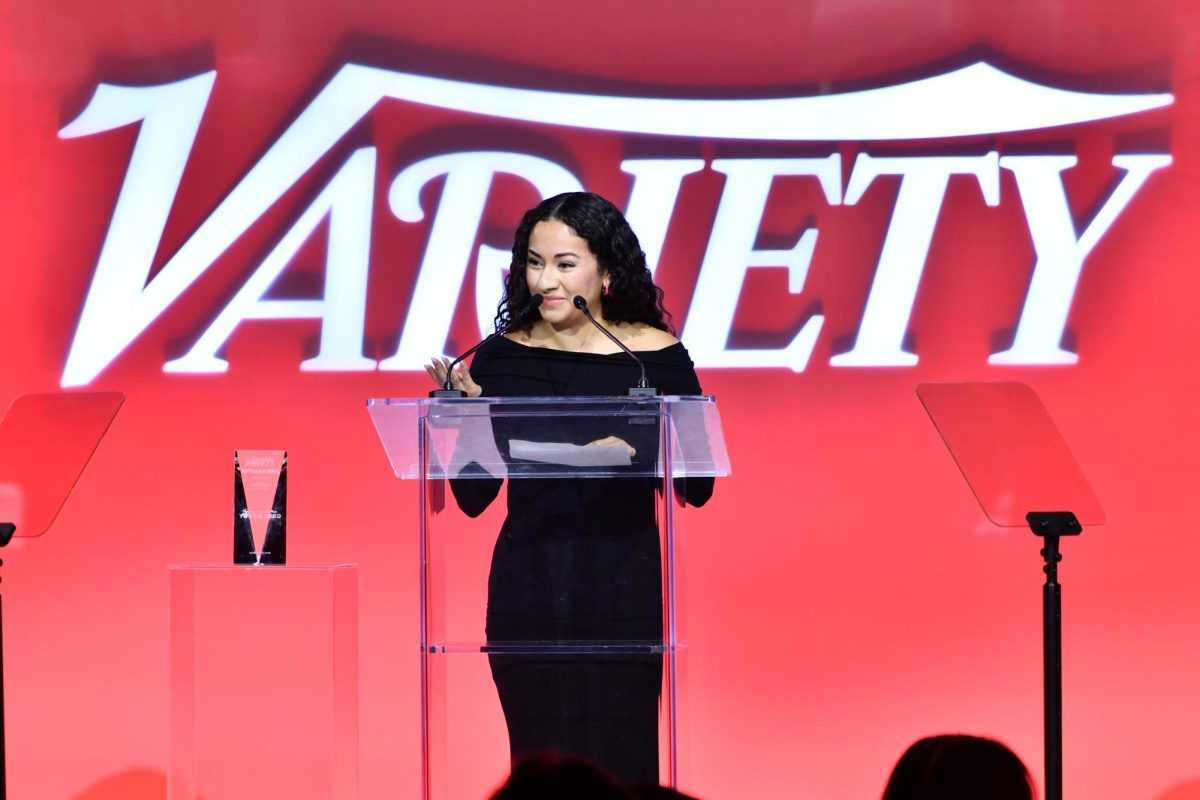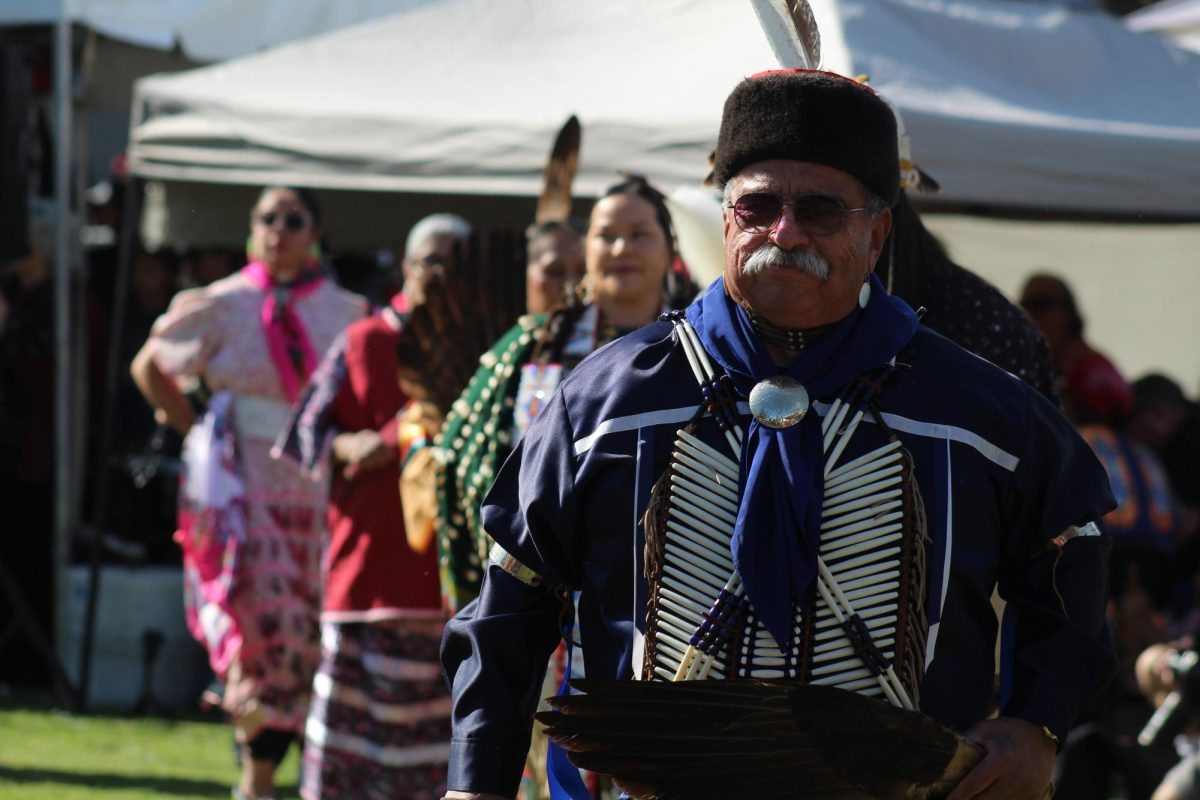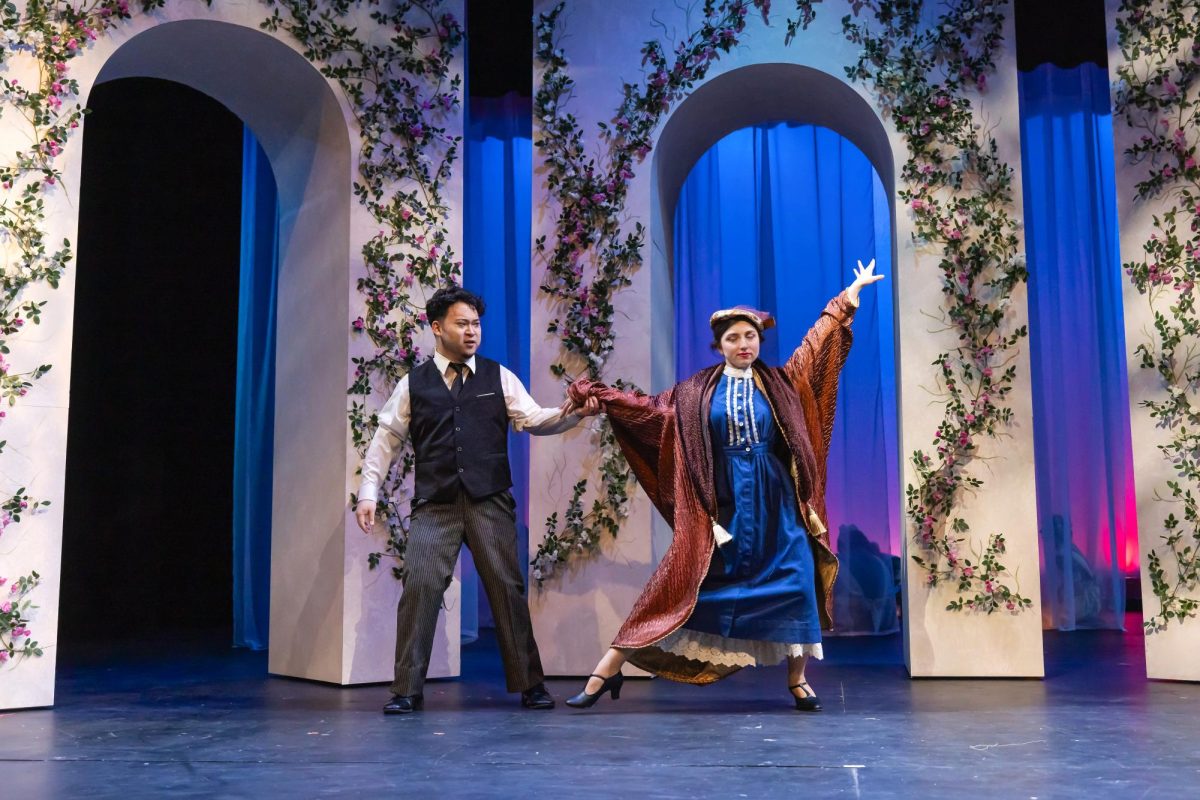When we first learned to walk, run and throw, we were going through different stages of motor development. People learn and develop those skills in a particular order. For most children, these developmental processes are intuitive.
For example, when you learn to throw a ball you start by moving your arm. You may hold your legs stiff but after some practice you eventually learn that the best way to throw the ball is to move one leg contralateral to the arm that is throwing. This process can be complicated and challenging for children with autism, cerebral palsy or Wolf-Hirschhorn syndrome.
“What happens is the neighborhood children will start surpassing them, and they can’t always keep up and then they don’t [develop] the tools to play with the kids around them,” said kinesiology professor Dr. Teri Todd. “Their fundamental motor skills aren’t as good and they start to be then left out of the game because they can’t [play].”
To help children with these special needs, Todd and a group of staff students and volunteers operate an adapted aquatics program for children at the Center of Achievement. Through Adapted Physical Activity, where they help children ages 2 to 13 develop the motor skills they need to live an active life.
Todd and her team help children at different stages of motor development to learn ways to adjust an exercise to fit their developmental disability.
“What we try and do is give them the tools they need to be physically active and also to get them to like being active,” Todd said. “With adaptive sciences, we modify the physical activity so children [with disabilities] could be successful.”
Todd came to CSUN’s kinesiology department two years ago. Shortly after, Todd started the adaptive aquatics program for children during fall and spring and a sensory motor program for children in the summer. Her expertise in the field comes from both her study of developmental disabilities and her personal experience of being a mother to a child with severe autism.
She says that having a child with severe autism got her interested in the topic, and once her children grew up, she pursued a doctorate in developmental disabilities with a focus in autism.
At the aquatics program, Todd pairs students with a child whom they are responsible for guiding throughout the semester.
“Each student sets three goals for the child they are working with,” Todd said. “We focus on fundamental motor skills, balance and swim readiness skills.”
Once the program started Todd found the water helps all types of children with disabilities in unique ways.
“We knew that kids with autism respond well to the water but we found that [actually] all children with disabilities respond really well to the warm water,” Todd said. “The kids with autism [respond well] because there is so much sensory input that they just relax – a lot of them are sensory seeking. Children with cerebral palsy think it’s also the warm water…they tend to be very tight and have spastic muscles and so the warm water just helps relax the muscles and gives them a little more movement.”
The students and volunteers who work with the children also notice the benefits the water has on the children’s developmental motor skills. They find the buoyancy of the water makes an impact on the child’s progress.
“Being in the water makes it easier for them to do things that they wouldn’t normally be able to do because it takes off the force of their body weight so they can stand or put their legs up,” said Delia Yousefi, a senior studying kinesiology and second semester veteran of the program. “They get to practice the motion of walking or standing in the water because they wouldn’t normally be able to withstand all their weight while standing on the ground.”
Yousefi said that to work alongside the children, you need to bring a calmer energy and have more patience than you would with an adult or child without a disability.
“Learning to swim is a process, and since they’re children who have a disability, you have to be more patient with them,” said Sofia Cervantes, a senior studying kinesiology. “For a kid without disabilities learning to swim might take a couple months and for a kid with disabilities it might take years for them actually to learn it.”
Yousefi and most of the other students who work with the children here have goals of becoming a physical or occupational therapist. Most want to continue helping children and say they value the program for the skills it has taught them.
Yousefi says that all the children at the program have a special personality and by the end of the program, they connect with each other. Yousefi and Cervantes agreed the connection is mutual and once the children become attached to their mentor, a lasting bond is established.
